
Absent Fathers
One of the most important elements of the pop culture today is the picture of the “absent” father as the “carrier of good”. The father has to tell his children where the brutality of the system lies.
More...We kindly inform you that, as long as the subject affiliation of our 300.000+ articles is in progress, you might get unsufficient or no results on your third level or second level search. In this case, please broaden your search criteria.

One of the most important elements of the pop culture today is the picture of the “absent” father as the “carrier of good”. The father has to tell his children where the brutality of the system lies.
More...
Еден од најважните елементи на поп културата денес, е сликата за „отсутниот“ татко како „носител на доброто“. Таткото мора на своите деца да им каже каде лежи бруталноста на поредокот.
More...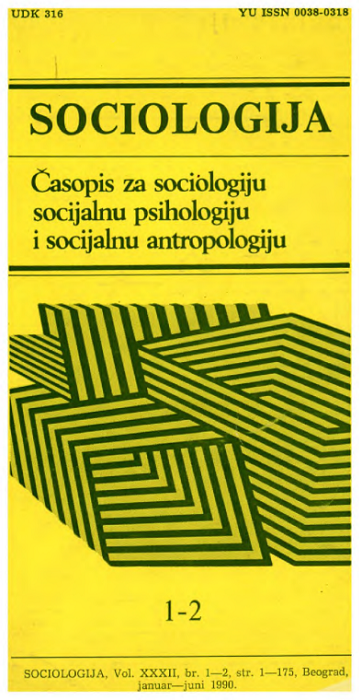

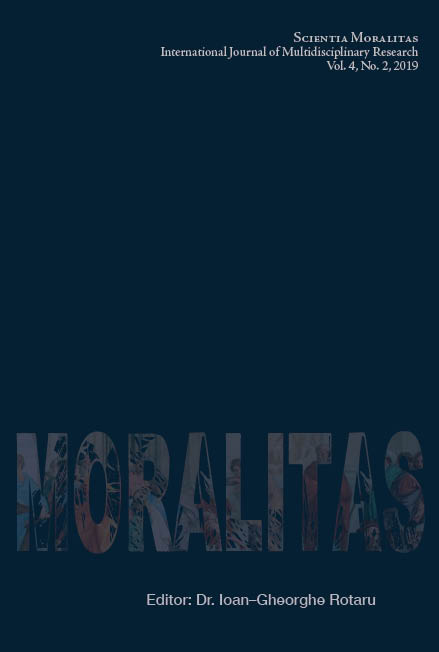
Being a country turning from developing to middle income; Bangladesh is facing a tremendous change in its family bonding and age-old social customs. Social and physical development is increasing, on the other hand, the dependency rate is decreasing to a great extent. It has become a burning question that what would be the future or social status of old age people in contrast to the young blood who are determined to build their own society according to their own interest. The research will bring to light the existing situation of a residential area of middle-income groups to find out the problems are faced by the older adults living in there. It will draw a lucid picture to represent the current situation of the older adults are living in the so-called planned residential area of Bangladesh. ‘Aging in Place’ refers to, having people remain in their homes and communities for as long as possible and also avoids the costly option of institutional care and is therefore favored by policymakers, health providers, and by many older people themselves (WHO 2007). The older adult needs assistance or helps for leading their day to day life as they become unable to do all their works because of their health issues. As the hands for their assistance are decreasing, a question comes out often, is there any need for institutional care for them or the situation is still well enough for aging in place? The research will give an overview of the possibilities of ‘Aging in Place’ using proper statistics and case study analysis. While the overall situation says about the independence of the older adults, the assessment shows that there is a magnificent opportunity to ‘Aging in place’ in Bangladesh.
More...
This study aimed to test the model set up by Obradović and Čudina-Obradović, according to which marital quality is determined by certain traits of marital quality from each of these groups of factors: the personality traits of the partners, the characteristics of the marriage, the marital processes and the marital environment. We operationalized this model, by testing the effect personality traits and the tendency towards alcohol consumption of marriage partners (as a personal characteristic of the marriage partner), the duration of the marriage (as the characteristic of the marriage itself), satisfaction with the division of household responsibilities (as one of the indicators of the development of the marital processes) and doubt regarding the marriage partner's fidelity (as the feature of the wider marital environment) have on the experienced marital quality. NEO-PI-R, The Dyadic Adjustment Scale and questionnaire designed for the aims of this study were used on a sample of 199 respondents from Serbia. Our model shows an excellent fit (X2 >.05; RMSEA<.05; GFI>.90; AGFI>.90; CFI>.90; NFI>.90). It can be concluded that Neuroticism, The Duration of marriage, Doubt regarding the partner’s fidelity and Dissatisfaction with the division of household responsibilities have a negative effect on marital quality.
More...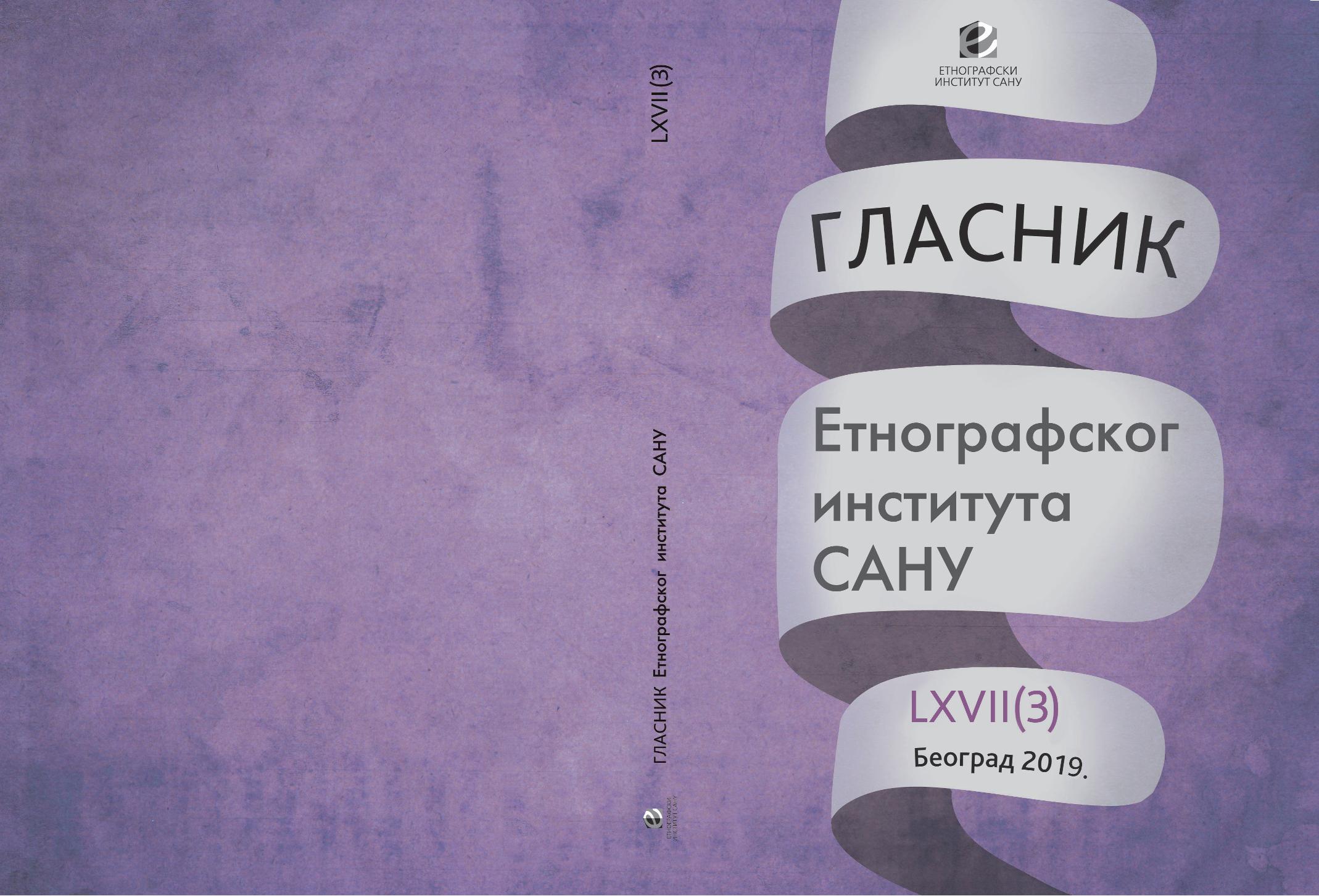
The article aims to study how Gorani manage family-kin relationships across space and time examining the continuities and shifts as they create and experience shared co-presence due to the developments of the migration patterns and increasingly complex transnational modes of living. The dynamics of the political, economic, social etc. environment are also considered when people’s efforts and practises of doing family and maintenance of kinship are analysed. The author proceeds from the assumption that transnational family-kin members seek and find ways to make (imagined, by proxy, virtual and physical) togetherness and to keep up their relationships viable and active across space and time. In this respect, various tools and strategies supplementing each other are used, among them – memories, imaginations, dreams, gifts, souvenirs, remittances, long-distance communication and visiting trips. The article draws on ethnographic first-hand data which is gathered due to multi-sited fieldwork in selected villages in the region of Góra (sending area) in Kosovo, on the one hand, and the cities of Belgrade and Skopje as labour and living places for many Gorani, on the other.
More...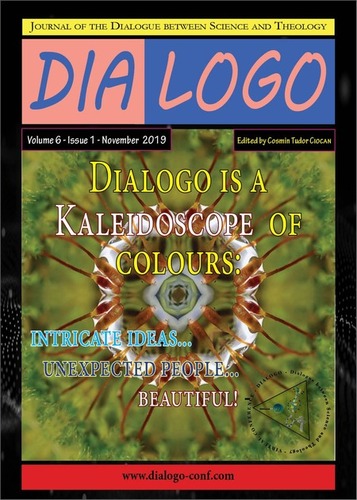
The family is a dynamic system, which undergoes constant changes. Its members develop and evolve together, adding new elements that enrich their family life. The family system never remains the same; it changes from one moment to another, depending on the events that occur inside and outside the family. Our contemporary society is faced with the phenomenon of domestic violence, with the increase of extra-marital relations, consensual unions, divorces, the separation of the classical families. Children's reactions to such situations take various forms: affective (anxiety, depression, obsession, phobia, insecurity), characterological (aggression, detachment, over-sensitivity), cognitive (school performance failures), psychosocial (family conflicts, rebellion against parents, attempts to weaken the dependence bonds). The frequency of these familial and social phenomena is influenced by the industrialization and urbanization processes, by the increase of the education level and women’s emancipation, by economic causes, unemployment, poverty. Sociological studies conducted over the recent years have highlighted the frequency of an environment stabilized on tension and conflict, in family relationships. The most frequent forms of violence – this physical abuse to which one family member is subjected by another member – take place between spouses and between parent and child (children); child abuse (including sexual abuse) is explained by psychological and social factors and evidently by a lack of moral, religious education.
More...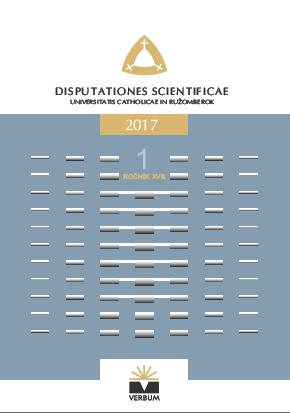
The author highlights the contribution of multidisciplinary scope of several technical professions that encounter in the performance of work in orphanages. Identifies the competencies and powers of individual professionals, presented the main principles of the Concept of deinstitutionalisation foster care. The empirical record provides a case study repatriated child ordering the substitute family care.
More...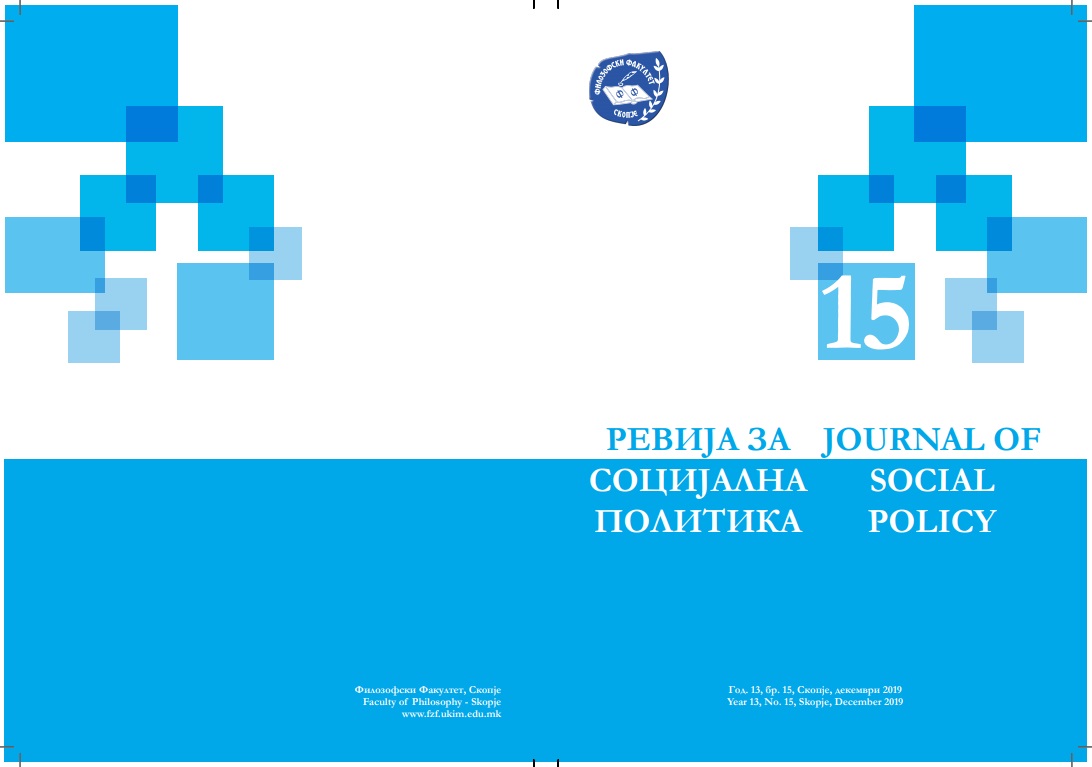
„Семејна групна конференција“ е нов и радикален метод за учество на семејниот систем во процесот на планирање на грижата во рамките на јавната грижа за деца и млади. По сојузниот округ Долна Австрија, Каринтија се подготвува да спроведе „семејна групна конференција“ во системот за грижа за деца и млади. Искуствата од Долна Австрија се добро документирани од страна на два истражувачки проекти, и затоа е можно да се извлечат некои заклучоци во однос на тоа што функционира, а што претставува проблем во процесот на имплементација на ваквиот проект. Првите семејни групни конференции веќе започнаа во Каринтија и првите интервјуа со семејства и социјални работници од Центарот за заштита на млади беа реализирани оваа година. Следствено за прв пат имаме можност да ги погледнеме стекнатите искуства. Во рамките на 13-тата Конференција за зедничка соработка, семејната групна конференција што се одржа во Клагенфурт на почетокот на септември со околу 100 учесници од Германија, Швајцарија и Австрија, се дискутираше околу прашањата за неопходни и најефикасни чекори за формална имплементација во Каринтија, и согласно истото беше дефинирана јасна процедура. Главниот проблем во кој било процес на имплементација е парадигматскиот пресврт во ставовите на професионалците, поѓајќи од еден експертски систем а финализирајќи со кооперативно и партиципативно разбирање на семејните ситуации во рамките на заштитата на децата.
More...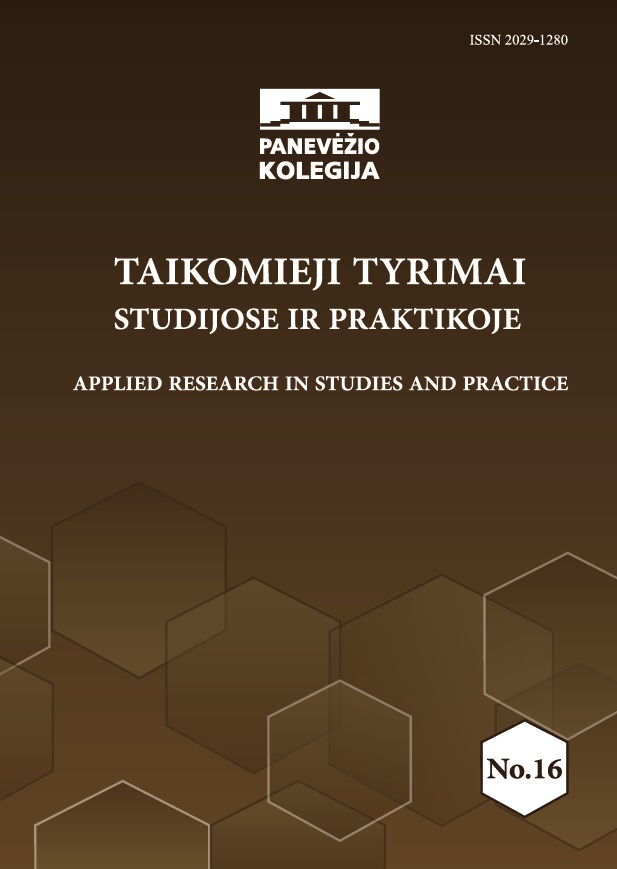
The article analyses the scientific literature on the causes of the occurrence of difficulties for families in children's education, neglect, lack of social skills, addictions, inability to manage the family budget, unemployment, poverty, violence and other problems. It also presents the activities of a social worker to help these families integrate into society and the attitude of families to social assistance provided and its importance to the family.
More...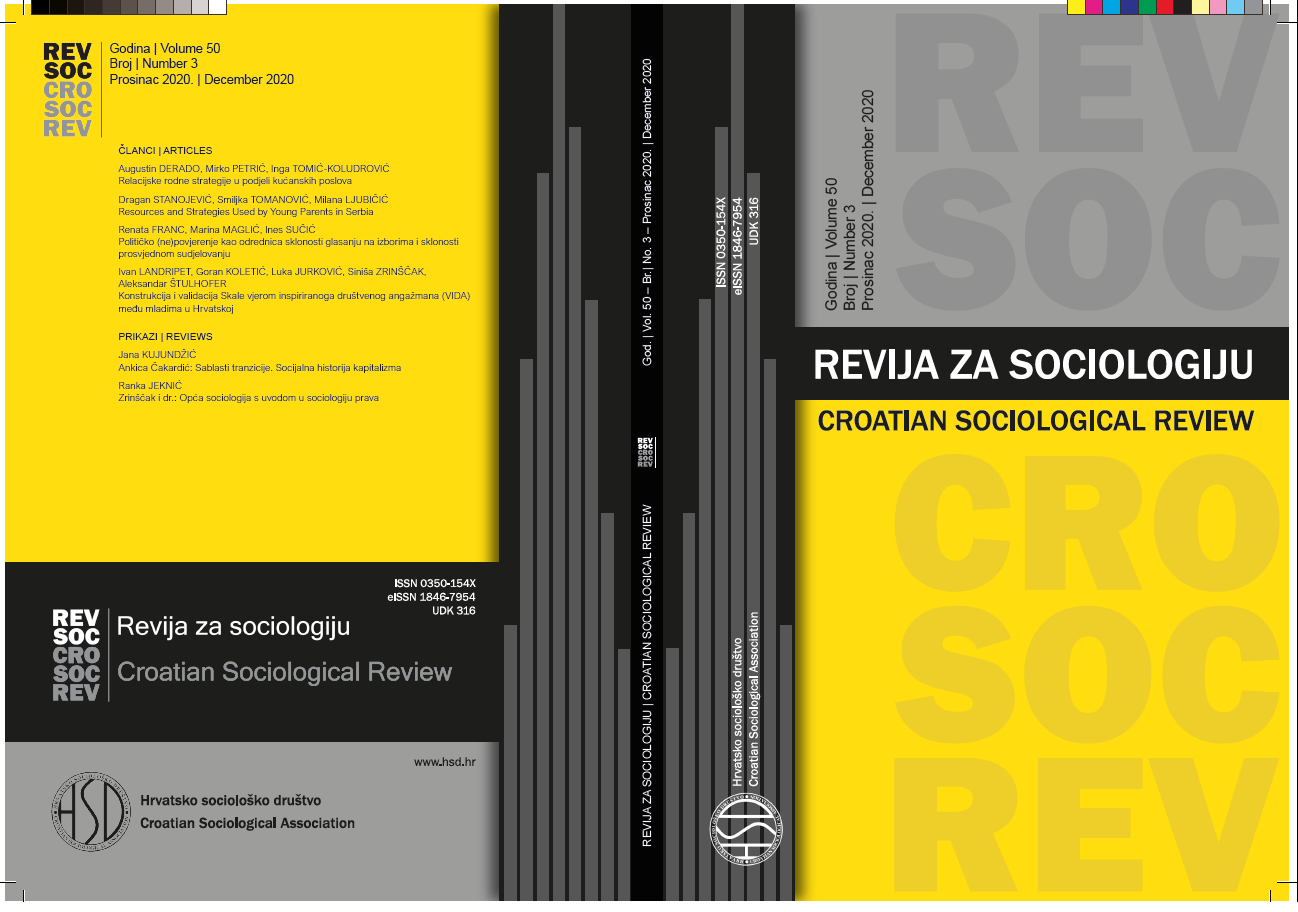
The paper deals with resources available to young parents and the strategies they deploy as a response to various domain-related demands (housing, finance, work, family). First, the structural and cultural features of the social context in Serbia are discussed as the framework for the study. Secondly, the paper analyses young parents’ differences, by socioeconomic status (SES) and gender, regarding their resources, such as housing, finances, and employment, as well as their strategies. The analysis is based on a mixed-methods approach, which brings together the survey results of a sub-sample of 435 parents from a nationally representative survey of young adults aged 18 to 35, and a qualitative analysis of semi-structured interviews with 24 young mothers and fathers. The analyses indicate significant SES and gender differences in young parents’ resources and strategies, which are shaped by the structures and cultures of parenthood specific to the contemporary social context in Serbia.
More...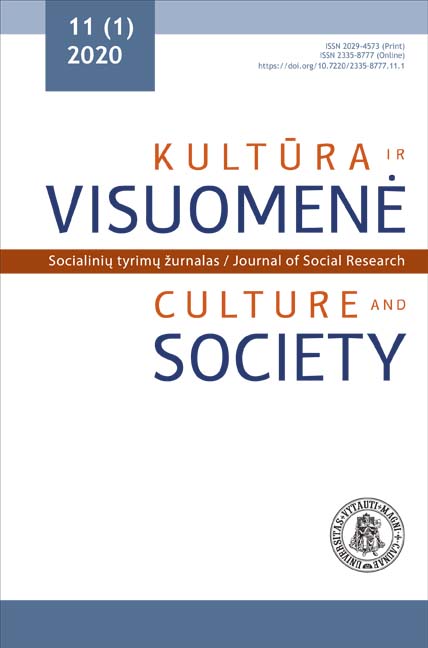
This paper aims to analyze divorce motives and how they are linked with individual, partnership level and divorce process factors. Divorce motives are subjective accounts of the causes of divorce. Motives refer to perceptions and are different from structural causes of divorce, which often become the object of sociological inquiry. The paper is based on the analysis of the “Fathering after union dissolution” (2016) dataset, which collected information from men who experienced dissolution of the union with children. Research identified four groups of divorce motives: instrumental, expressive, behavioral and sexual or infidelity. Our main results suggest that divorce motives are associated with personality and education, partnership duration and some characteristics of divorce process. Men with lower individual resources more likely report instrumental divorce motives. Instrumental divorce motives are also positively associated with longer partnership duration. Divorce due to instrumental motives are less likely initiated by men. Expressive motives are positively associated with higher individual resources, are more pronounced in longer duration partnerships and initiated by men. Behavioral problems are more reported by men with lower individual resources, and union dissolutions most likely are initiated by women. Sexual and infidelity motives are positively associated with higher education. Overall, research on divorce motives contributes to the understanding of the structural causes of divorce. Our findings unpack meaning of relational stress, which more affects families of lower socio-economic standing.
More...
Childcare is related more with women than men in many countries. The increased number of working mothers caused changes in perception of motherhood and fatherhood. Family policies created and implemented in different countries played an important role for these changes. The legal regulation, which came into force in 2011, was one of more distinct recent changes in Lithuanian family policy. It allowed parents to choose from two childcare leave options: either shorter but better paid leave until the child reaches the age of 1 year, or longer but less paid leave with a possibility to work without losing childcare benefits during the second year of the leave. This created more opportunities for parents to combine childcare with paid employment and caused the significant increase in number of beneficiaries among men during the second year of the childcare leave. However, an assumption is made that the structural changes in beneficiaries have no connection to changing cultural attitudes within the society and are rather caused by new opportunities for families to choose the best financial option during the childcare. The object of this article is gender egalitarianism in the aspect of childcare. The aim of this article is to reveal how the structure of childcare beneficiaries, under changing childcare leave legislations, has changed in the last 10 years, based on the secondary analysis of 2009-2019 childcare beneficiaries data from the State Social Insurance Fund, as well as, the analysis of childcare leave legislations. The research revealed that, despite of legislations, priority is given to longer childcare leave and structural changes in beneficiaries are found only when a possibility to work without losing allowance arises: number of men receiving childcare benefits increases in the second year of child’s life.
More...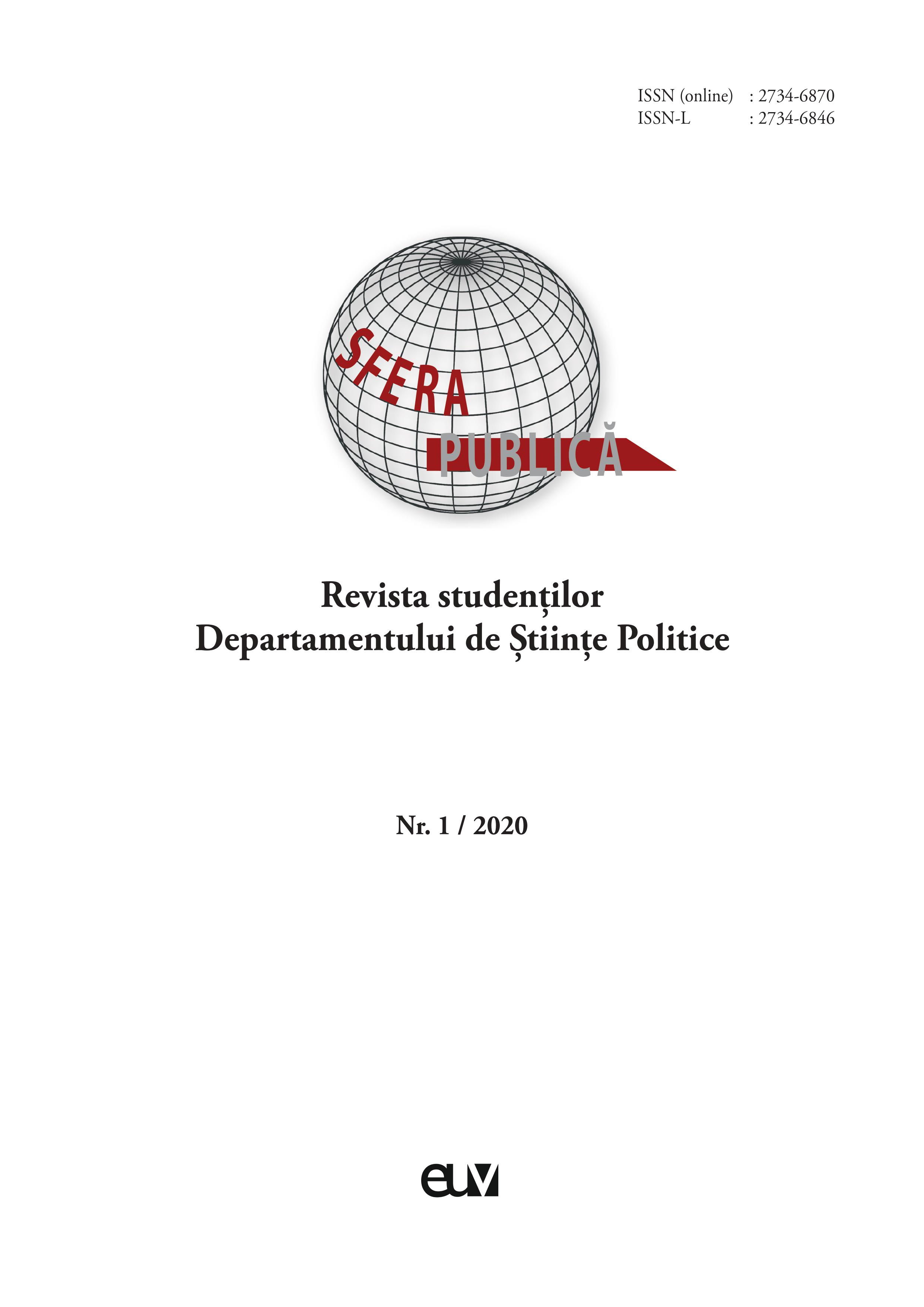
This study focuses on demonstrating how culture and religion, two important agents of gender socialization, can influence domestic violence. The research methodology used was the participatory observation, through which we followed the practices of two religious worship: the Orthodox and the Roman Catholic; and the content analysis - through which we made a comparison between the legislative frameworks, the institutional framework for managing domestic violence and we analyzed the testimonies of victims who went through such an experience. The results of the research indicated the way in which conservative cultural models influence the victim’s way of thinking, depriving her of the freedom to live a life without violence, resorting to the cult of “shame”. Also, the religious dimension is addressed in the paper, analyzing the way in which religious communities but also clerical staff relate to the issue of domestic violence and the guidance they provide to the victim. The research covers the analysis of a number of seven denominations of victims of domestic violence, through which we observe the chaining of the three elements: culture, religion and domestic violence. The cult of banning or stigmatizing the act of divorce by religious communities has pushed victims to stay with the aggressor or even to blame the aggression. Following the research study, we concluded that since culture and religion are two important agents of socialization, their involvement in the practice of eliminating domestic violence can propel the results that the authorities have been trying to achieve for many years.
More...
This article compares the post-1989 development of work-family policies aimed at mothers of young children in two Visegrad countries, the Czech Republic and Hungary. The comparison draws on the conceptual framework of ‘maternalism’ and expands it by focusing on the similarities and differences between two welfare states which provide generous public support to the maternal care of young children; it also incorporates an analysis of policy and political documents. The paper argues that in the Czech Republic, public support is given exclusively to the maternal care of children under the age of three, while the Hungarian system offers basic public support to day care services as well. The discursive analysis has revealed the same pattern: Czech documents focus entirely on maternal care, though mothers are subsumed under the ‘family’, while Hungarian texts contain a wider range of discourses about childcare.
More...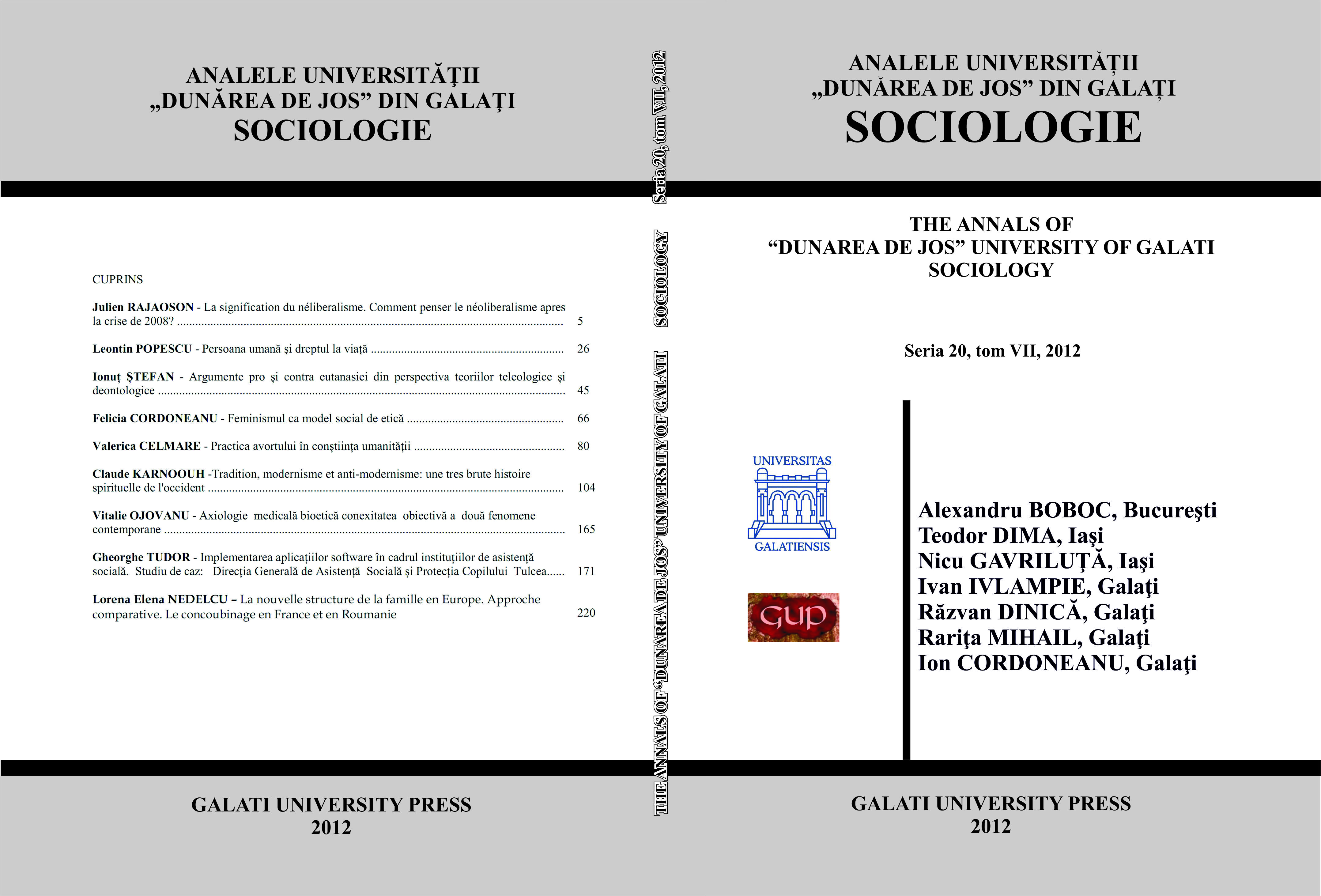
Most researchers in the field of sociology of the family, but also several political and public actors support the idea that, during the last decades, the family of contemporary society has undergone profound transformations. The current image of the family is that of an institution which preserves the tradition of marriage. Current societies, European in general, and Romanian in particular, are evolving towards other types of values, because individualism and the satisfaction of the necessities closest to daily reality privilege material needs, while forgetting the spiritual part of the man and the couple. The Romanian family, under economic pressure and the declining standard of living, has known in its structure a series of alterations and changes which have had as negative manifestation the appearance of social phenomena such as family violence, conjugal dissatisfaction. . In this social context, contemporary societies are experiencing a significant drop in the number of marriages and an increase in the number of divorces. Thus, the structure of the family in Europe is changing, consensual union (concubinage) representing a form adopted particularly by young people, as a reaction to the difficulty of ensuring minimum economic and emotional conditions for starting a traditional family life.
More...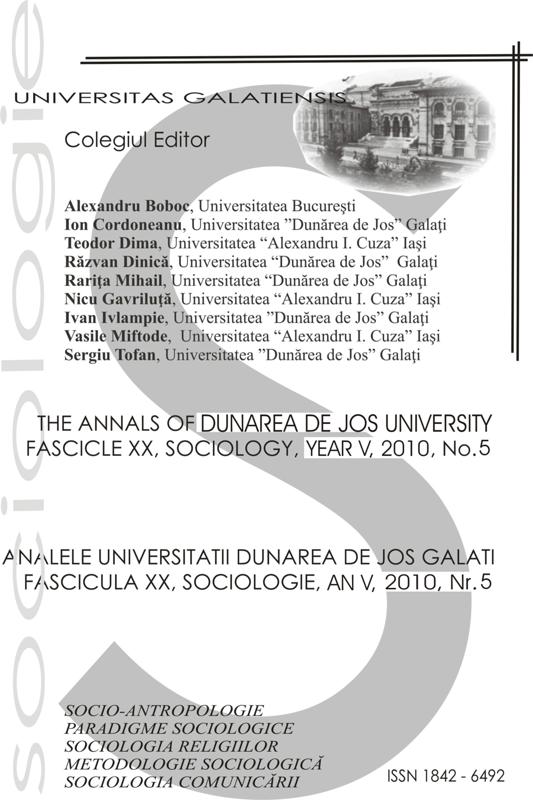
From the multitude of conflicts I have chosen to study domestic violence because it has reached a high level today and I decided that I should find out why some people accept so easily the state of victims while others assume so easily the to themselves. The traditional images of violence have accustomed us to the idea that the main doers of acts of violence are men, while women appear especially as victims. I found it interesting to analyze the relationship between the aggressor and the victim, and what is their attitude towards violence. I have wondered if some type of personality or some beliefs have a role in generating violent behavior, I have tried to analyze everything that is connected to violence. Reading those found below, one can see which are the causes or factors that influence the aggressive behavior, and sometimes one can avoid certain aspects in order not encounter a violent reaction.
More...
This article discusses the abortion issue as it is seen in the canons of the Christian Church. The approach is an interfaith perspective because it highlights the Orthodox, the Roman-Catholic as well as the Neo-protestant points of view. The basic idea is the unity of Christian denomination opinions regarding the practice of abortion.
More...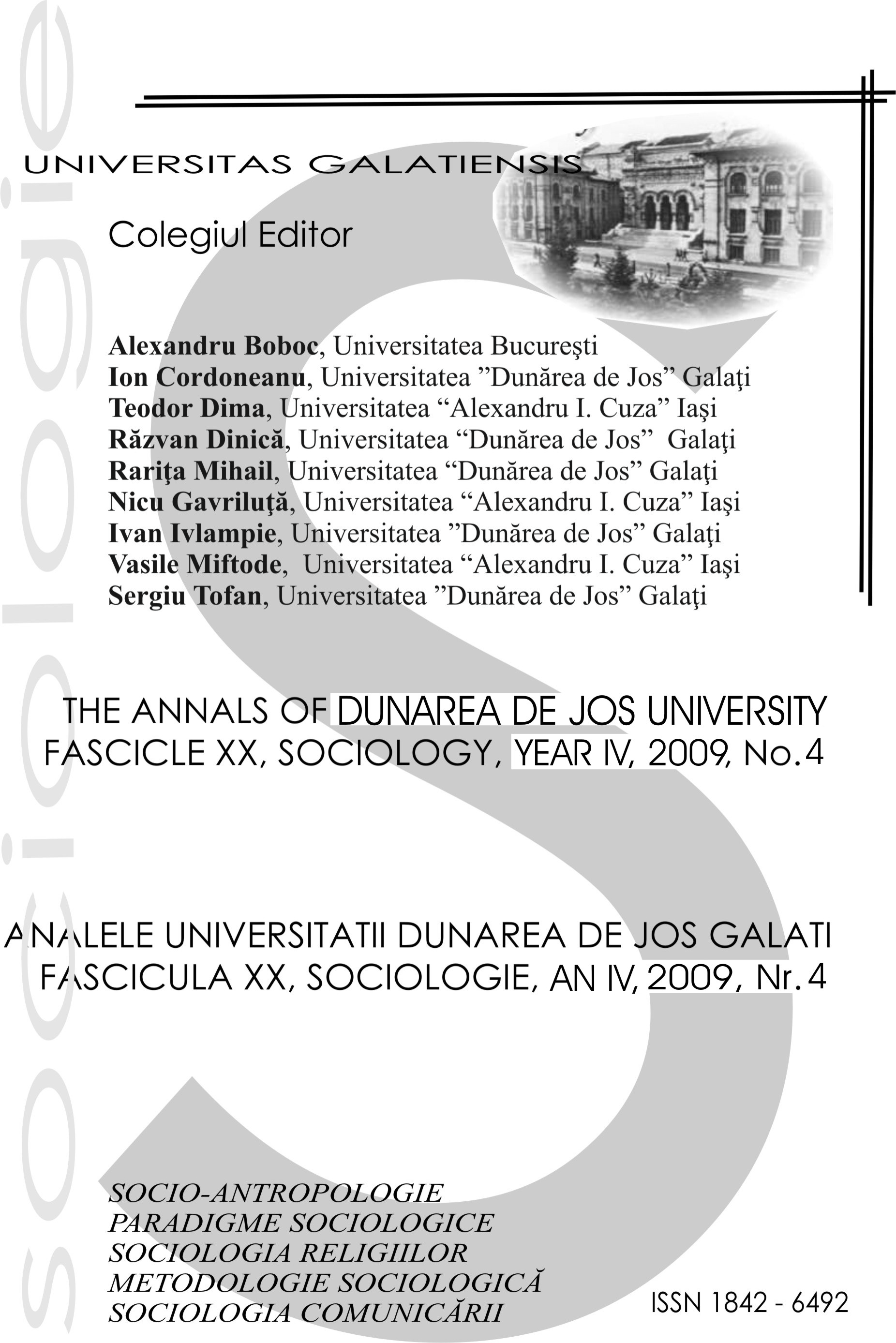
This article aims at highlighting the negative consequences of abortion on those involved (mothers, fathers, children) and on the society. Considered by many women a solution in resolving conflicts occured with an unwanted pregnancy, abortion proves to be the cause of serious somatic and psychological sufferings which constitute the so-called post-abortion syndrome. For prevention of these disorders and for healing of those affected by post-abortion syndrome counseling intervention techniques specific to these situations are needed.
More...